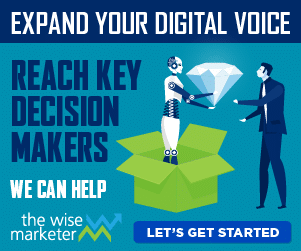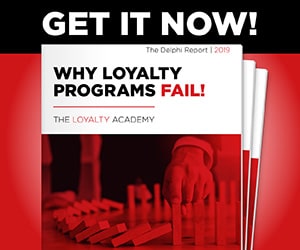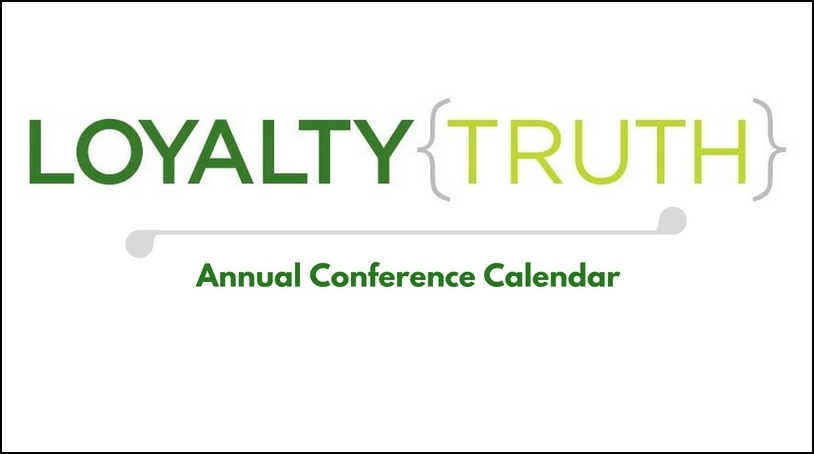The announcement of a new coalition loyalty program by American Express this week (Plenti) signals a turning point in customer marketing in the US. The turning point is defined somewhat by “who” launched this program, but also for the signal being sent to C-suites among every leading consumer brand in the nation.
A quick review of coalition-building history in the US sets the stage. If you are not aware, attempts to launch a national coalition loyalty program date back to the year 2000. Around that time, Alliance Data’s Loyalty One unit was investing heavily in launching Jaz Rewards. That initiative and one following a few years later did not make it to market. Those failed efforts caused many pundits in the US to erroneously conclude that it was not possible to operate a successful coalition loyalty program within the Continental United States. This wisdom was forthcoming even in consideration that multi-partner loyalty is the dominant model in many international markets.
This week’s announcement has been widely trumpeted as the leading card issuer is not only known for innovative reward and engagement schemes associated with its Membership Rewards loyalty program, but is the owner of Loyalty Partner, one of three groups currently staking claim to leadership in global coalition loyalty management. Only 4 years after completing the acquisition of Loyalty Partner, Amex has seemingly won a prize that others have been seeking for over a decade.
Now, with the Amex announcement, the same pundits are cautiously admitting that coalition has come to America. With the “who” in mind, its’ a good opportunity to share a few facts to help you understand why this announcement will have impact in the C-Suite.
Coalition has been successfully operating in the US for over a decade: There are three specific examples to share:
- Though we can debate over semantics, U-Promise should be accepted as a coalition (multi-partner) play that allowed members to save money in tax-advantaged 529 college savings plans. It was well received by consumers and had a strong presence in the US for many years.
- ThanksAgain has created a multi-merchant loyalty program serving the frequent traveler and has proliferated its operation to over 140 airports in the US as well as many international locations. The program serves a distinct customer profile and has built strong connections with airline frequent flyer programs, setting the stage for future growth.
- KickBack Rewards has created a stronghold among daily-spending consumers, with a base in convenience and fuel retailing. The program has membership in the millions, Phillips 66 as its cornerstone fuel partner, and includes a spectrum of merchants that span nearly 1,500 brick and mortar locations throughout the US.
The bottom line: there is more than one way to build a successful coalition, and companies like KickBack and ThanksAgain have a significant head start with everyday merchants through their years of quiet effort.
The definition of Coalition Loyalty will become better understood:
It’s important to address how we define a coalition loyalty program, because the subtlties of program structure and operation impact long term success. Years of waiting for a “real” coalition to appear in the US has resulted in some brands choosing to claim the title. Shell’s Fuel Rewards Network is a good example. I can understand why this group thinks it reasonable to adopt the coalition name, but a close look at Hanifin Loyalty’s (our publisher) 8 Global Best Practices for Coalition Building bring clarity to the discussion.
Among the best practice list are several key standards that must be met. One of the most important is for a program to be managed by an independent, third party entity. Anything less calls into question the equitable treatment of partners in the network and the ability and willingness to leverage data for the benefit of participating merchants. The Shell program, though operated by third party Excentus, has public perception of being “owned” by Shell and it stands to reason that the program is heavily influenced to bring benefit to Shell above any other partners in the FRN network. We define this setup as a Strong Partner model – in reality a sole brand program on steroids. It’s a good play as the model synthesizes the Smart Partnering concept that Loyalty Truth has talked about for the past two years, but it is not a true coalition and therefore misses some of the benefits of the pure coalition model. Amex’s new Plenti model carries a similar structure. It is operated by a third party, Loyalty Partner, a wholly owned subsidiary of Amex. The extent to which Amex influences program structure to serve its own interests will have impact on the long term participation of the launch brands and the ability to recruit additional partners.
The bottom line: C-Suite executives need to closely follow these announcements and give thought to how they will respond. The American market is heavily saturated by customer loyalty programs and demand continues strongly for financially accountable and measurable marketing results. There is pressure on CEO’s and CMO’s to deliver profitable behavior change on a consistent basis, all while keeping a sharp eye on marketing and operations costs. Linking up with compatible or complementary brands to build additional value for customers at a lower marginal cost has emerged as a popular tactic by brands, matching up to our discussion of Smart Partnering. As brands evaluate their proprietary programs in search of continuous improvement, the coalition has to now be clearly in the consideration set. And, for businesses that don’t yet have a customer loyalty program or have thrived on discount and pricing models, the opportunity to leverage costs for better results might be found in coalition.
None of this means that brands have to abandon their proprietary programs, but it does mean they should be considering whether joining an alliance is the right move. Looking into the crystal ball, we could forecast the next 3 years of market activity in customer loyalty to parallel the changes in the airline industry that took place a decade ago, where code sharing agreements evolved into global alliances, SkyTeam, Star Alliance and OneWorld.
Though coalitions have been successfully operating in the US for years, the court of public opinion needed the validation of the announcement by American Express to say “game on”. Well, the game is on.




